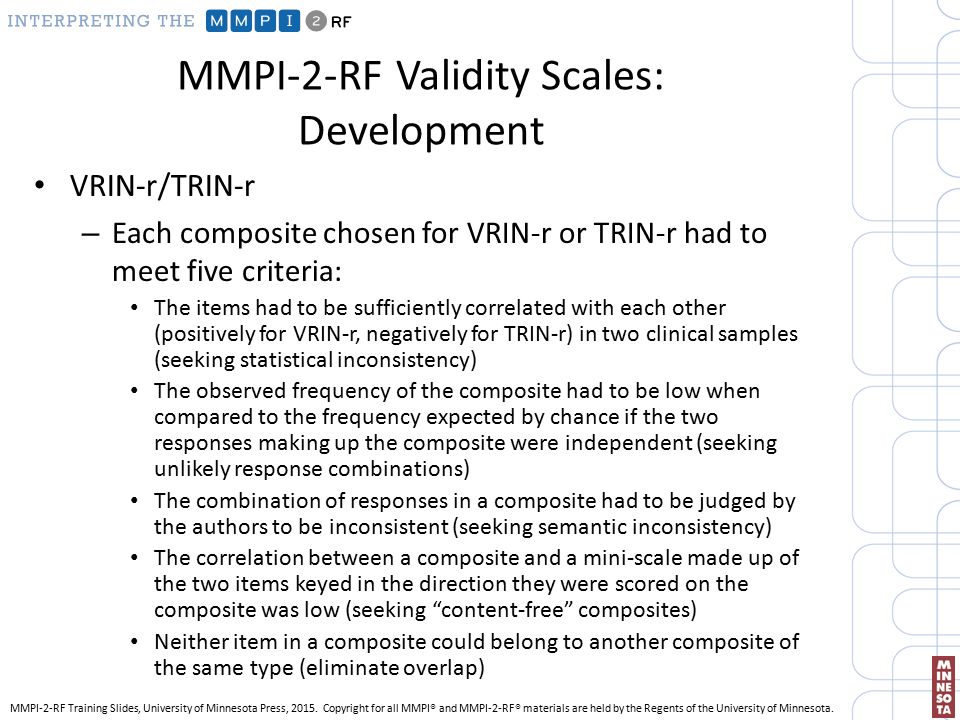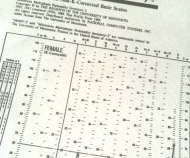
To this end, psychological testing is mandated and all police officer candidates are administered a minimum of two self-report instruments that measure normal and abnormal behaviors, a practice that is common in most police officer evaluations (Serafino, 2010). and Dependability, Impulse Control, Integrity and Ethics, Emotional Regulation and Stress Tolerance, Decision Making and Judgment, Assertiveness and Persuasiveness, and Avoiding Substance Use and Other Risk-Taking Behavior (California Commission on Peace Officer Standards and Training, 2005). Email: ĭownloaded from at University of Bath - The Library on January 6, 2015 Tarescavage, Department of Psychology, Kent State University, 144 Kent Hall, Kent, OH 44242, USA. Kent State University, Kent, OH, USA Corey & Stewart, Portland, OR, USAĬorresponding Author: Anthony M.

Of these states, California has developed some of the most comprehensive standards, which require each candidate be evaluated on the following dimensions: Social Competence, Teamwork, Adaptability and Flexibility, Conscientiousness 1 According to a national survey, it is used to evaluate candidates in more than 90% of police departments (Cochrane, Tett, & Vandecreek, 2003 Reaves, 2010), and most states have identified standards for psychological screening (see Corey & Borum, 2013, for a review). Psychological assessment has since become a common practice in police officer screenings.

A few years later it wasįurther recommended that all police officers undergo an employment screening that included a written test of mental ability, an oral interview, a background investigation, and a psychological evaluation (National Advisory Commission on Criminal Justice Standards and Goals, 1973). federal government recommended screening of all potential police officers (President’s Commission on Law Enforcement Administration of Justice, 1967). Because of the concerns just mentioned, the selection process for police officers is more rigorous and invasive than in other employment settings. Police misconduct also has significant financial repercussions, as financial awards and attorney fees can encompass upward of one million dollars (Kappeler, Kappeler, & del Carmen, 1993). Moreover, police problem behaviors, such as disrespect and unfair treatment, lead to decreased citizen compliance, whereas officers who are judged as fair and respectful have a positive impact on a citizens’ attitudes concerning the law (Mazerolle, Bennett, Antrobus, & Eggins, 2012). Some incidents of police misconduct garner significant media attention, which lead to dramatic increases in unfavorable attitudes toward police (Weitzer, 2002). Keywords MMPI-2-RF, police candidates, public safety screening, personnel selection, range restriction Though police misconduct is relatively infrequent, problem behaviors in this population affect citizen safety and public opinion of the police force as a whole (Bradford, Jackson, & Stanko, 2009 Carr, Napolitano, & Keating, 2007 Mastrofski, Reisig, & McCluskey, 2002). Implications of these findings and limitations of these results are discussed. These results provide support for the predictive validity of the MMPI2-RF substantive scales in this setting. Relative risk ratio analyses showed that cutoffs of 45T and 50T maintained reasonable selection ratios because of the exceptionally low scores in this sample and were associated with significantly increased risk for problematic behavior. After applying a correction for range restriction, MMPI-2-RF substantive scales demonstrated moderate to strong associations with criteria, particularly in the Emotional Dysfunction and Interpersonal Functioning domains. The sample produced meaningfully lower and less variant substantive scale scores than the general population and the MMPI-2-RF Police Candidate comparison group, which significantly affected effect sizes for the zero-order correlations.

MMPI-2-RF scores were collected from preemployment psychological evaluations of 136 male police officers, and supervisor ratings of performance and problem behavior were subsequently obtained during the initial probationary period. Ben-Porath1Ībstract The purpose of this study was to investigate the predictive validity of the Minnesota Multiphasic Personality Inventory– 2–Restructured Form (MMPI-2-RF) in a sample of law enforcement officers. Minnesota Multiphasic Personality Inventory–2–Restructured Form (MMPI-2-RF) Predictors of Police Officer Problem BehaviorĪssessment 2015, Vol.


 0 kommentar(er)
0 kommentar(er)
